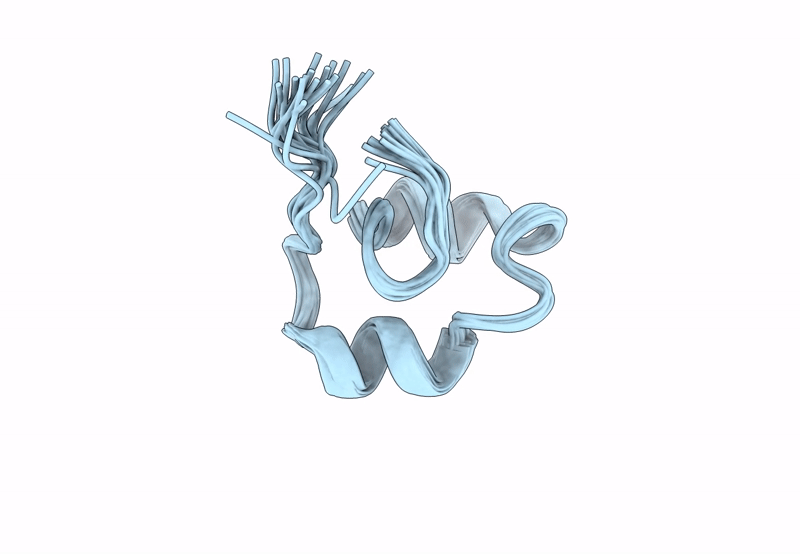
Deposition Date
2023-04-09
Release Date
2023-10-18
Last Version Date
2024-10-30
Entry Detail
PDB ID:
8SED
Keywords:
Title:
Structure of a new ShKT peptide from the sea anemone Telmatactis stephensoni: ShKT-Ts1
Biological Source:
Source Organism:
Telmatactis stephensoni (Taxon ID: 2835637)
Host Organism:
Method Details:
Experimental Method:
Conformers Calculated:
800
Conformers Submitted:
20
Selection Criteria:
structures with the lowest energy


